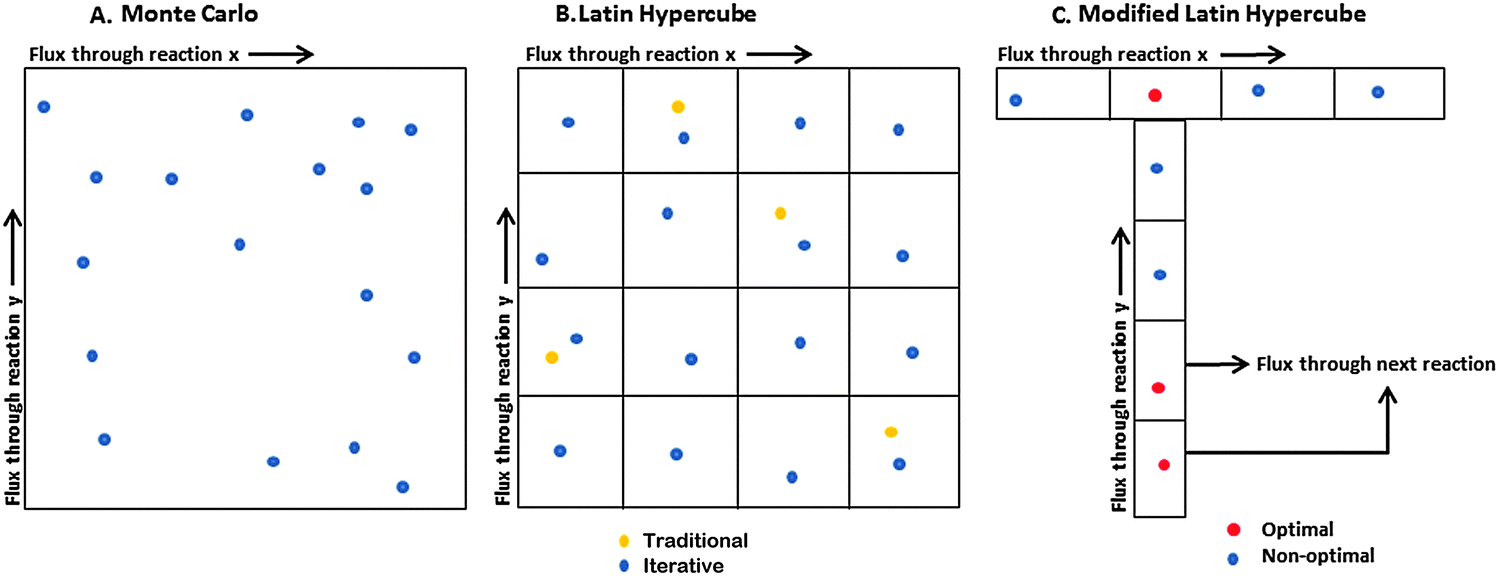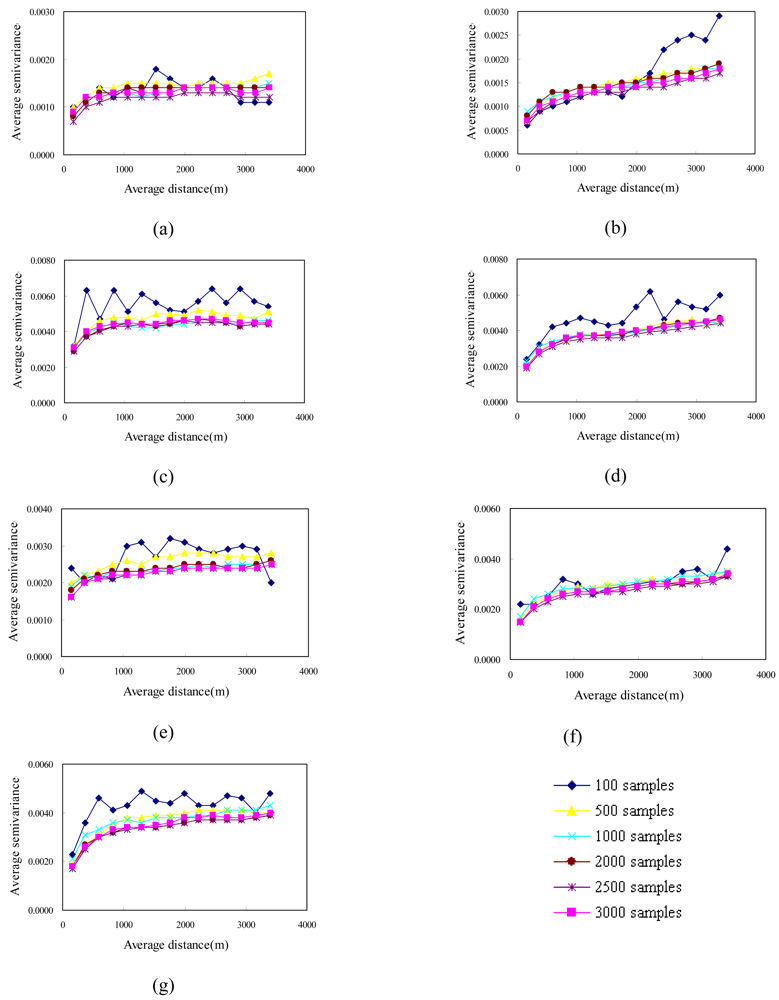Latin Hypercube Sampling Software Free
Supercalc 5.5 Download. Free Download Latin Hypercube Sampling. Free Download Latin Hypercube Sampling. Software Free Download › Windows › Scripts › Matlab › Latin Hypercube.


In two dimensions the difference between random sampling, Latin Hypercube sampling and orthogonal sampling can be explained as follows: • In random sampling new sample points are generated without taking into account the previously generated sample points. One does not necessarily need to know beforehand how many sample points are needed. Suklam Baradharam Remix Song Free Download. • In Latin Hypercube sampling one must first decide how many sample points to use and for each sample point remember in which row and column the sample point was taken. Note that such configuration is similar to having N rooks on a chess board without threatening each other. • In Orthogonal sampling, the sample space is divided into equally probable subspaces. All sample points are then chosen simultaneously making sure that the total ensemble of sample points is a Latin Hypercube sample and that each subspace is sampled with the same density. Thus, orthogonal sampling ensures that the ensemble of random numbers is a very good representative of the real variability, LHS ensures that the ensemble of random numbers is representative of the real variability whereas traditional random sampling (sometimes called brute force) is just an ensemble of random numbers without any guarantees.
References [ ]. • McKay, M.D.; Beckman, R.J.; Conover, W.J. 'A Comparison of Three Methods for Selecting Values of Input Variables in the Analysis of Output from a Computer Code'. ( Abstract) format= requires url= ().. 21 (2): 239–245..... • Eglajs, V.; Audze P.
'New approach to the design of multifactor experiments'. Problems of Dynamics and Strengths. 35 (in Russian).
Riga: Zinatne Publishing House: 104–107. • Iman, R.L.; Helton, J.C.; (1981). 'An approach to sensitivity analysis of computer models, Part 1. Introduction, input variable selection and preliminary variable assessment'.